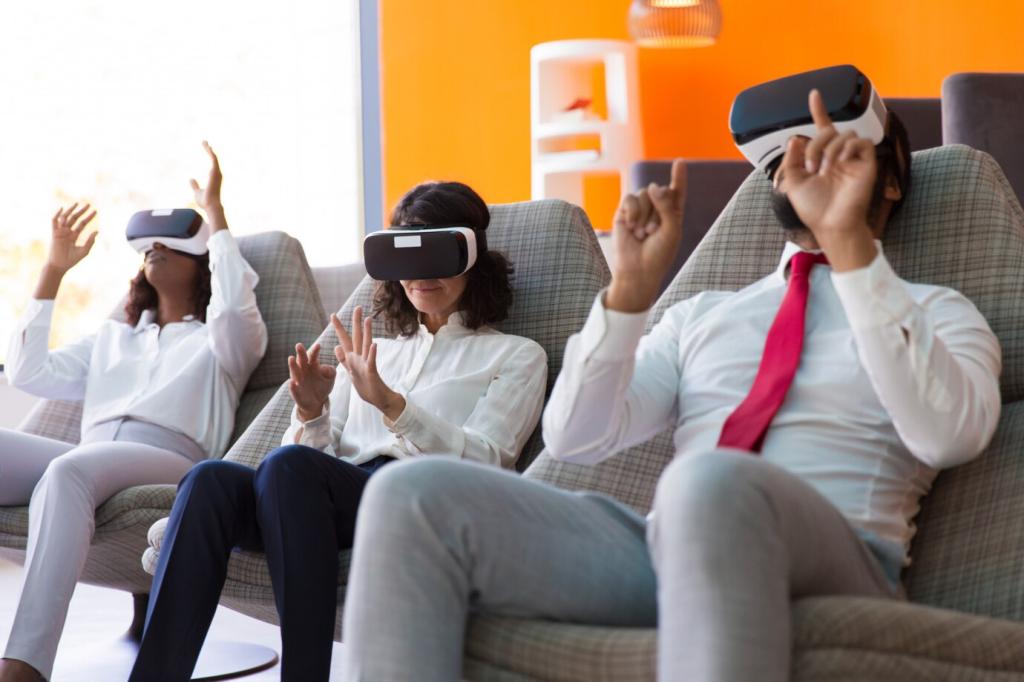Integrating VR Technology in Language Classrooms
Virtual Reality (VR) technology has ushered in a new era of immersive and interactive learning, fundamentally transforming the way languages are taught and acquired. By simulating real-world environments and social situations, VR offers a dynamic platform for students to practice their language skills in context, fostering deeper engagement and retention. This page explores the multifaceted benefits, challenges, practical applications, and future directions of integrating VR technology in language classrooms.

Enhancing Engagement and Motivation through VR
VR enables students to step into virtual worlds where they can navigate bustling city streets, visit cultural landmarks, or participate in daily life activities—all while communicating in the target language. This immersive environment not only replicates authentic linguistic contexts but also prompts learners to use language spontaneously, increasing confidence and fluency. By interacting with avatars and objects in these simulated settings, students feel as if they are truly present, bridging the gap between theoretical knowledge and practical application. Such experiences are particularly valuable for students who may not have opportunities to travel or interact with native speakers in real life.
Improving Communication and Pronunciation Skills
With VR, students can engage in lifelike conversations with avatars representing native speakers or even artificial intelligence-driven characters programmed with accurate pronunciation and real-time feedback. These interactive dialogues help learners practice essential social exchanges, negotiate meaning, and adapt their speech in response to varied linguistic inputs. VR’s immediacy allows for repeated practice in a safe, low-pressure setting, which is crucial for building both competence and confidence in speaking a new language.
Facilitating Cultural Understanding and Contextual Learning
Virtual Cultural Immersion
Virtual field trips enable students to explore the sights, sounds, and customs of diverse communities without leaving the classroom. Whether attending a virtual festival, touring a museum, or navigating everyday situations like dining at a café, students learn language in tandem with cultural practices. This firsthand exposure fosters empathy, curiosity, and a deeper appreciation for the traditions and values of people who speak the language, making learners more globally minded and culturally competent.
Context-Based Language Use
VR settings allow educators to design scenarios tailored to real-life contexts, such as shopping at a local market, visiting a doctor, or participating in a job interview. In these situations, students practice not only vocabulary relevant to each context but also the pragmatic aspects of language use—like formal versus informal speech, politeness strategies, and turn-taking. This contextualized approach ensures that language learning is purposeful and directly applicable to the types of interactions students are likely to encounter.
Breaking Down Barriers to Understanding
By participating in VR experiences that highlight distinct social norms, etiquette, and day-to-day routines, students gain insight into aspects of culture that can be difficult to convey through verbal explanation alone. VR dissolves the barriers of time and geography, allowing learners to develop cultural awareness and sensitivity that are essential for meaningful communication in a globalized world. This exposure also helps to dispel stereotypes, providing a more nuanced understanding of cultural diversity.
